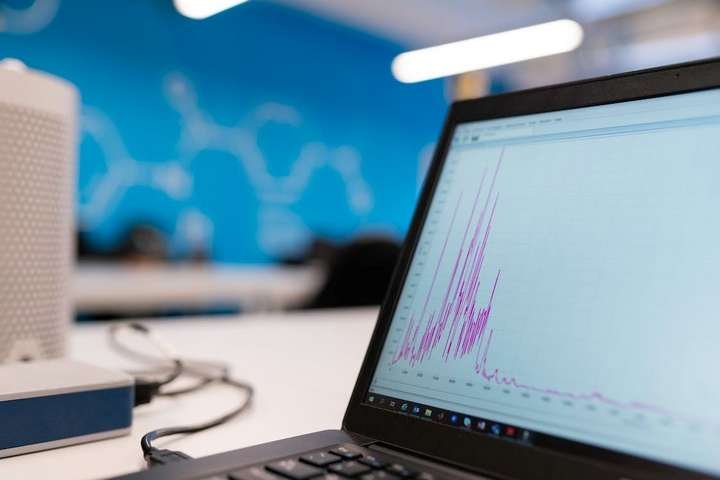Whether it’s about how to have valuable business relationships or navigating the intricate dynamics of a collaborative team, soft skills are one of the secrets to professional triumph. Thus, the significance of teaching these skills and teaching them well cannot be overstated.
So, here are 3 ways software can help.
Simulated Scenarios
If you want to create an environment where learners feel comfortable experimenting with soft skills, simulated scenarios are one of the best ways to go. It means a risk-free space for learning and making mistakes in real-world situations.

Primarily, in such a setup, the software engineers relevant interactions so that in a scenario where an employee wants to pitch a project in a team meeting, the software checks things like speaking clarity, body language, and responsiveness. Yes, like a dress rehearsal but for soft skills.
Think of it as a video game level where your character presents ideas in a team meeting. The software gives pointers, like “Slow down a bit” or “Make eye contact,” helping fine-tune communication skills for the real deal.
Personalized Learning Paths
Often, people have different levels of soft skills proficiency and that’s why a one-size-fits-all approach doesn’t cut it. So, personalized learning paths come in handy here – making sure everyone hones in on areas they want to improve and optimize the use of training resources.
How? Using smart algorithms, software thoroughly accesses base-level soft skills and then based on this, tailors a learning path, suggesting specific modules. For example, if conflict resolution is a pain point, the software might nudge toward negotiation and mediation lessons.
Think of it like a fitness app but for soft skills. The software assesses starting points and then guides on through exercises tailored to wants so that if a student is great at communicating but not much with conflict resolution, it steers them toward the right virtual “workout” routine.
Data Analytics for Progress Tracking
So, you’ve got this soft skills training program running, but how do you know if it’s working? Data analytics is how. You can track progress even spot trends, and ultimately make informed decisions that keep improving the learning experience.
How? Well, the software collects and crunches data on user interactions, performance in simulations, and module completion. Then teachers can use this information to tweak content, tackle common challenges, and keep things in running order.
Think of it as your soft skills dashboard. You log in, and it shows you how you’re doing as a teacher. Completed a teamwork module course? Check. Nailed a communication simulation? Check. Few resolutions in conflict resolution class? Now you know to reevaluate your teaching approach.
Teaching soft skills is a commendable responsibility but a responsibility nonetheless. And there’s no reason why you shouldn’t make things more effective, as well as easier.

